Our Newsroom
Featured
In a Major Victory for Wildlife, Grizzly Bears Can Soon Roam North Cascades Again

A final Record of Decision will be signed following a legally mandated 30-day waiting period. Photo: Grizzly bear photographed at the Woodland Park Zoo. Credit: Conservation Northwest
The Friends of the North Cascades Grizzly Bear coalition celebrates today as federal agencies greenlight a plan to bring grizzly bears back to the North Cascades Ecosystem.
The National Park Service and U.S. Fish and Wildlife Service have announced the final environmental impact statement and grizzly bear reintroduction plan. The agencies’ decision to restore grizzlies to their historic homelands, where they are functionally extinct, is a huge victory for wildlife and the people who cherish our wild landscapes. The decision recommends a 10(j) rule that would give agencies flexibility under the Endangered Species Act to responsibly manage bears.
“After years of advocacy the Upper Skagit Tribe looks forward to the day the great bear returns to the rugged North Cascades which our people previously shared with Grizzlies for thousands of years,” said Scott Schuyler, policy representative for the Upper Skagit Tribe, whose territory lies within the recovery zone. “We thank leaders at the National Park Service, U.S. Fish and Wildlife Service, and Department of Interior for their intention to restore a cultural icon in the North Cascades.”
Recent
-
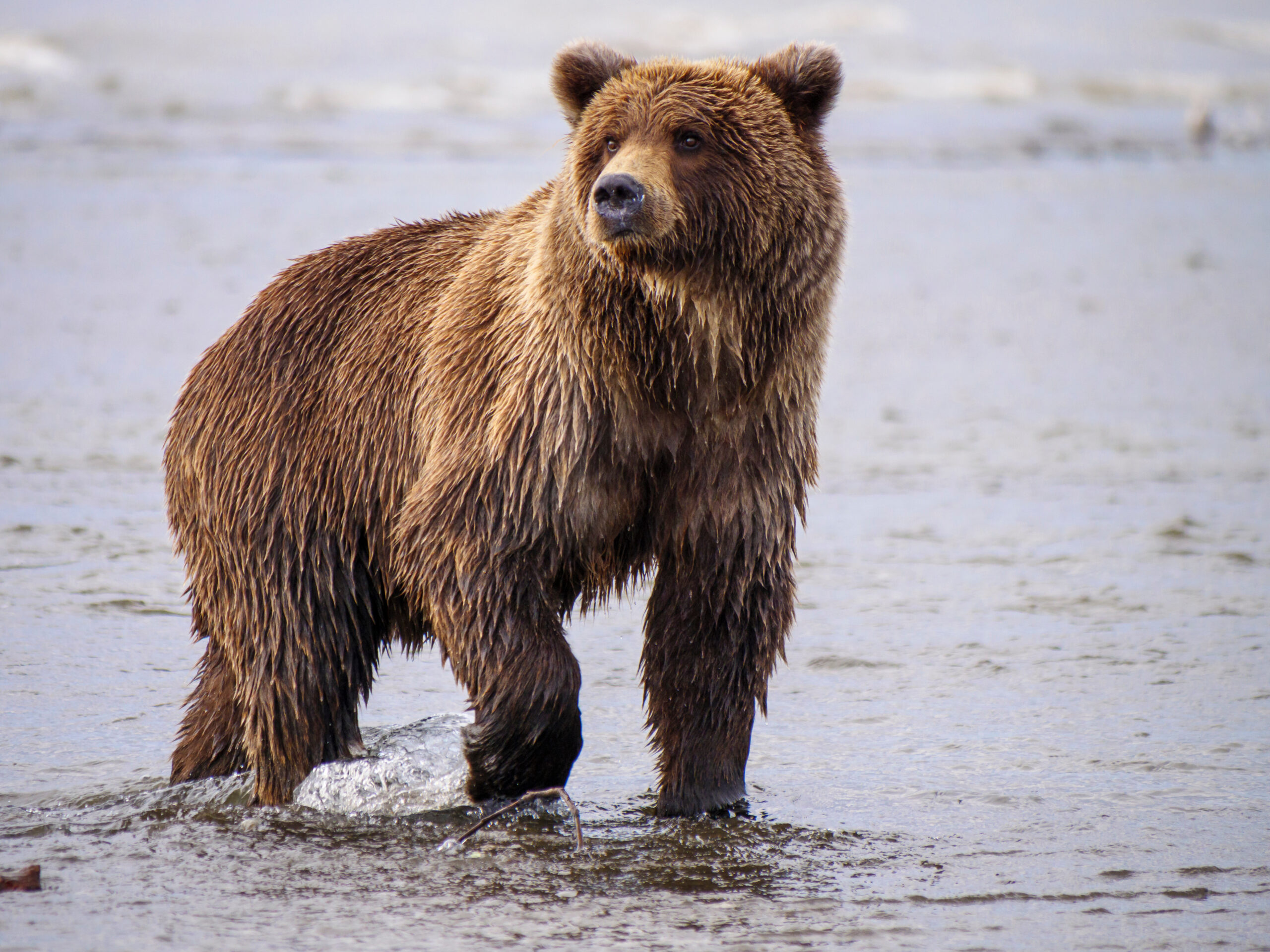
Conservation Groups Welcome the Return of the Grizzly to the North Cascades
The National Park Service and U.S. Fish & Wildlife Service have decided to actively restore grizzly bears to the North Cascades of Washington, where the animals once roamed.
-

National Park Service Identifies ‘Preferred Alternative’ to Restore Grizzly Bears to the North Cascades
The Friends of the North Cascades Grizzly Bear coalition celebrates today as federal agencies announced their preference to bring grizzly bears back to the North Cascades Ecosystem.
-
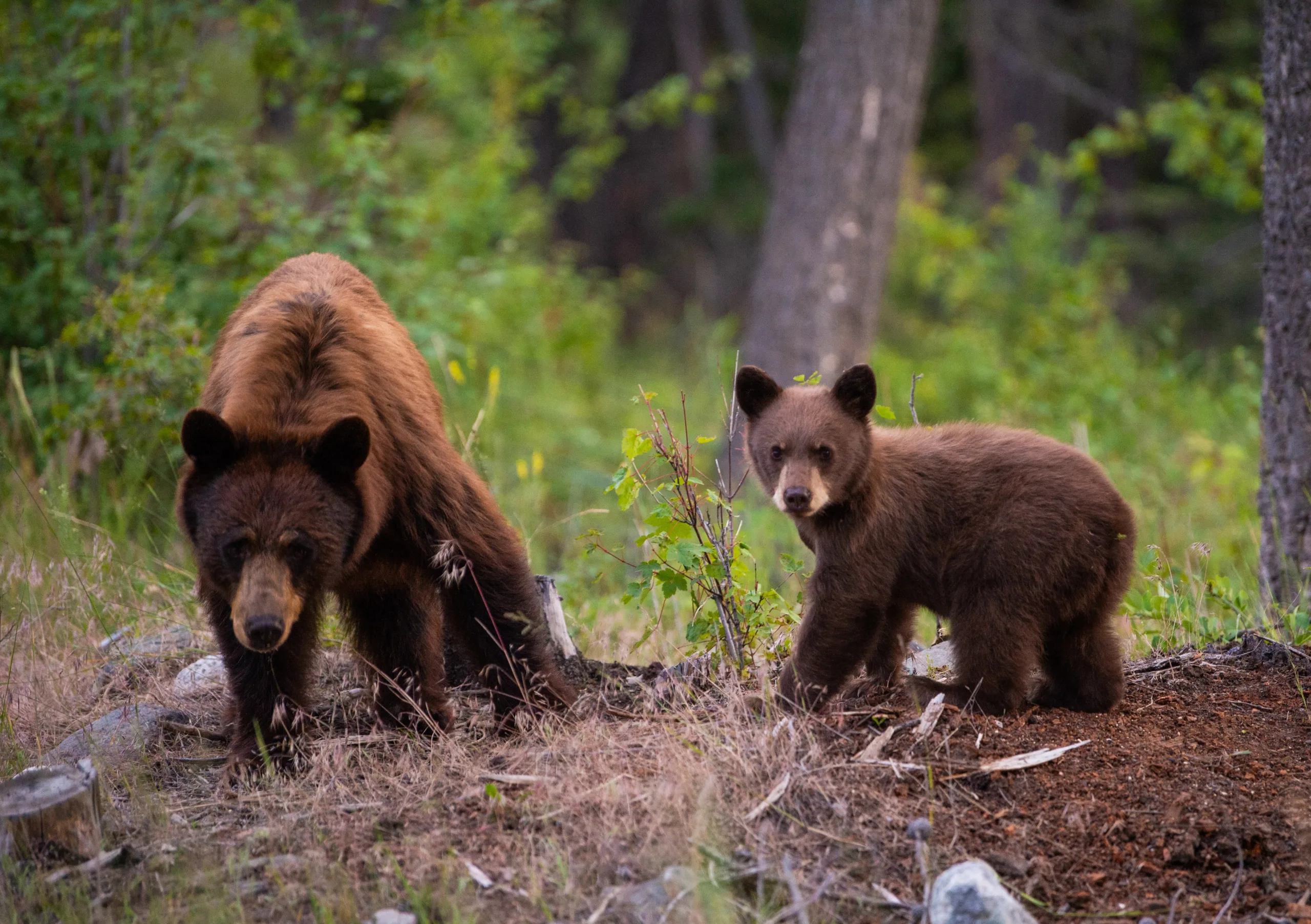
Draft Environmental Impact Statement – Public Comment Sample Letter
Together we can right the wrongs of the past, honor our natural heritage, and ensure future generations can enjoy all the spectacular wildlife North Cascades National Park has to offer. Speak up now to bring our grizzly population back to life.
-
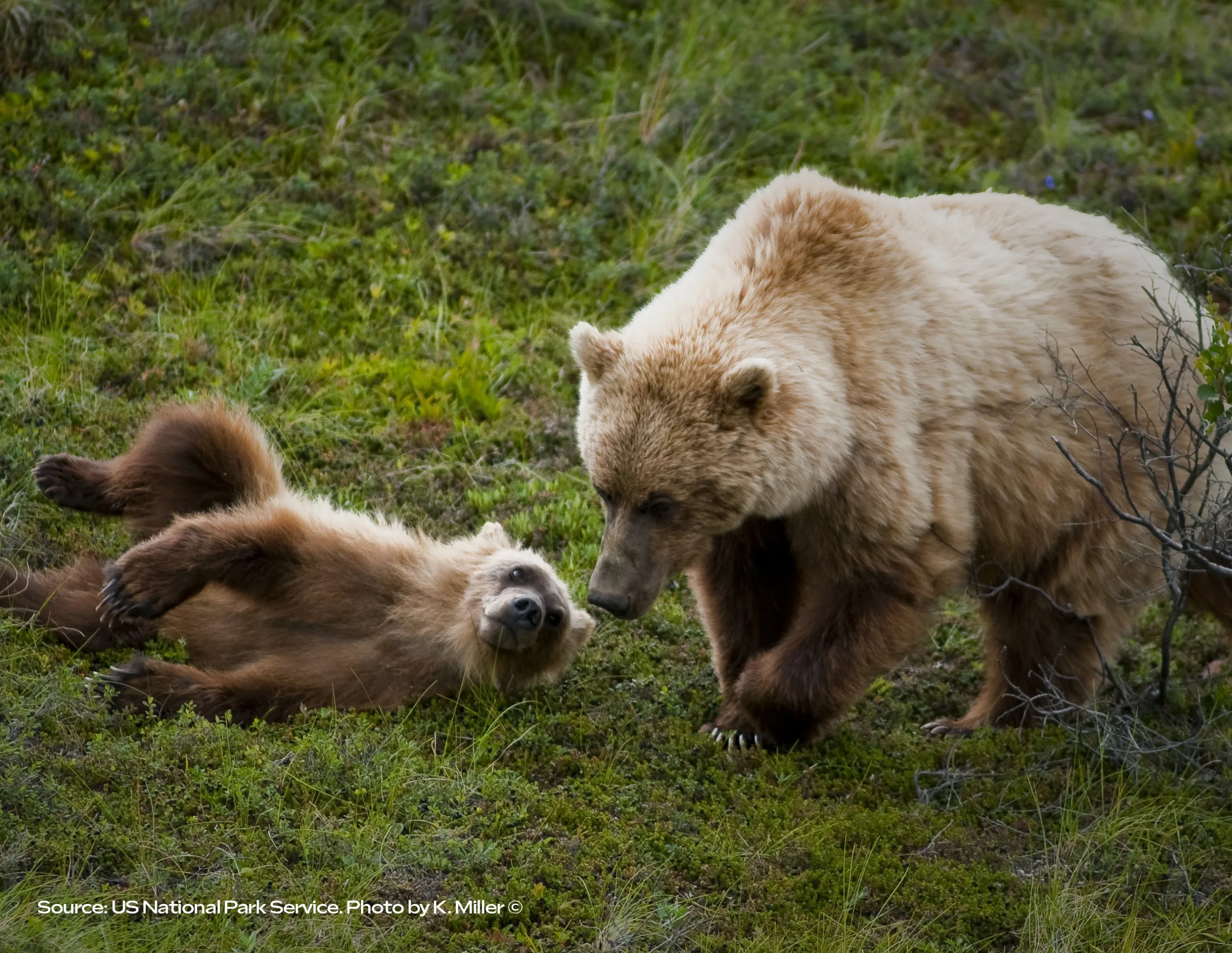
Long-Awaited North Cascades Grizzly Plan Should Restore Threatened Population
The National Park Service’s Draft Environmental Impact Statement and proposed rule to manage grizzlies in North Cascades as an experimental population are now available for public comment.
-
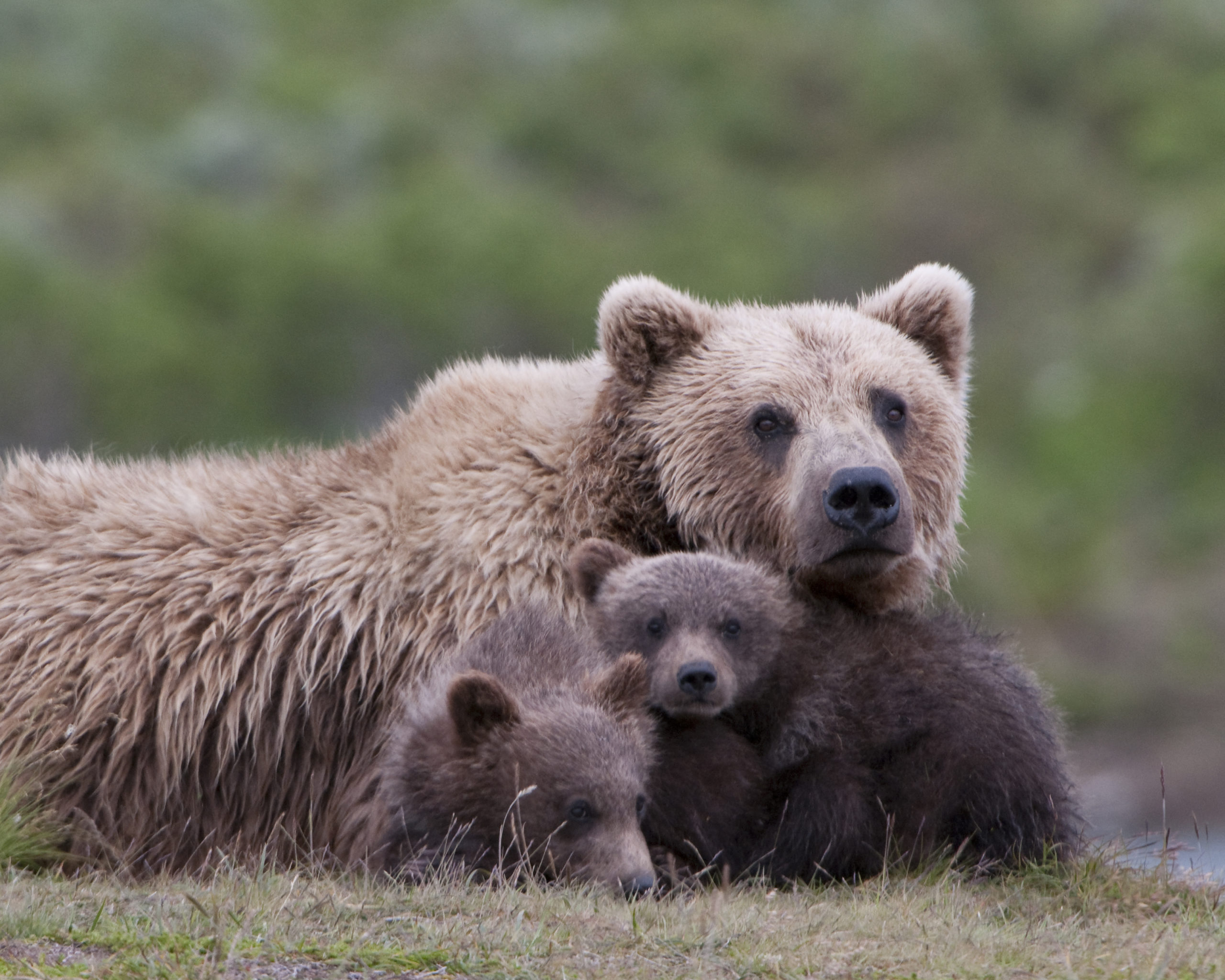
Wildlife Advocates Applaud Restart of Process to Potentially Return Grizzly Bears to North Cascades
Conservation groups and other wildlife advocates applaud the Biden administration’s announcement today that it is restarting the process required to potentially return grizzly bears to the North Cascades Ecosystem (NCE)
-

North Cascades grizzly bear restoration planning begins—again
After more than two decades of planning for grizzly recovery, it’s time to speak up for America’s most iconic symbol of the wild, once and for all.
-
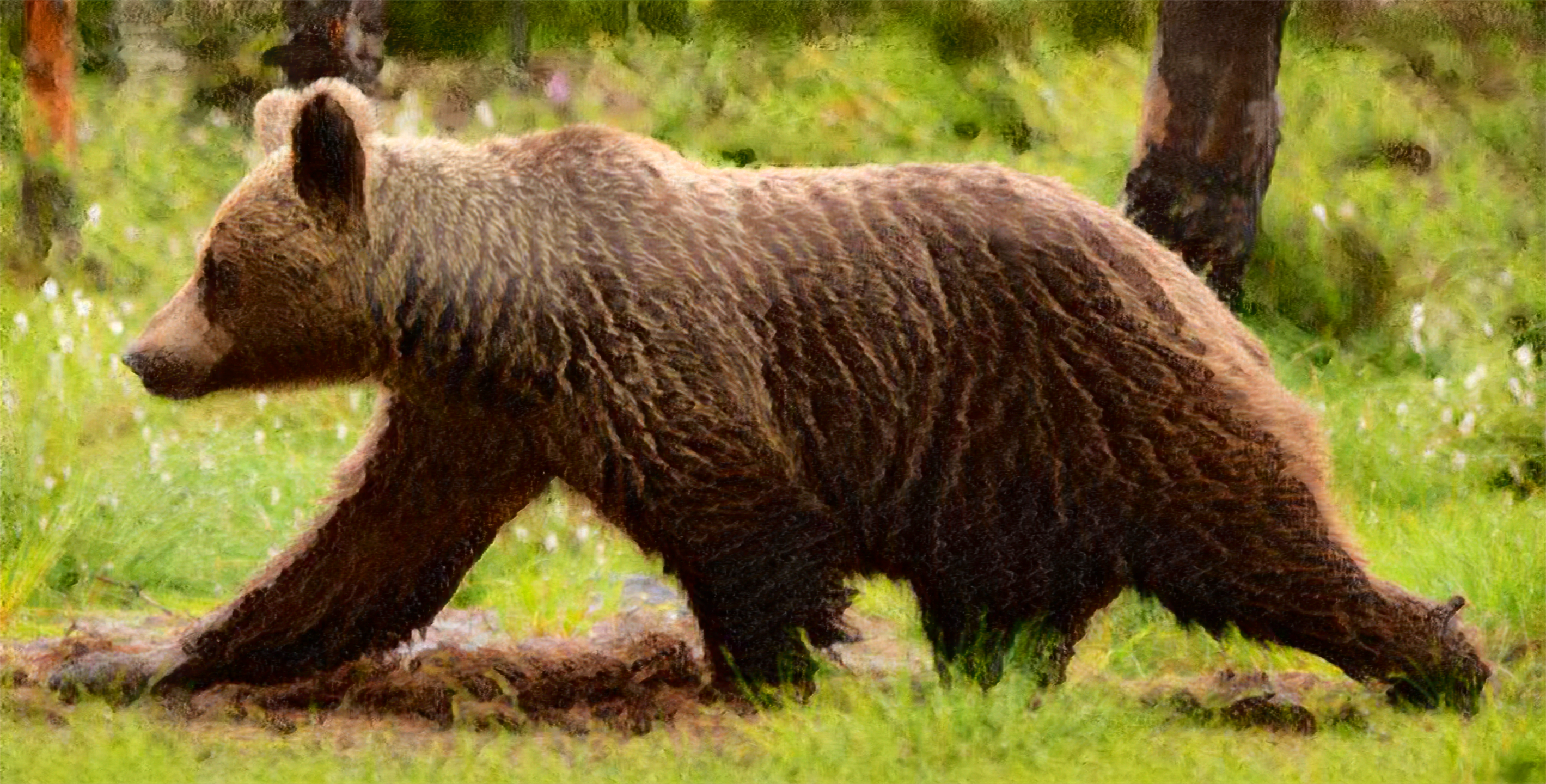
Response to Secretary of the Interior’s termination of North Cascades grizzly restoration plan
Despite public support and scientific recommendation, Trump Administration’s Secretary of the Interior stops work on North Cascades grizzly restoration study.
-

Our Position Statement
With no viable population of grizzly bears left in the North Cascades, wildlife experts agree that grizzly bears will not be able to repopulate the area without our help.
